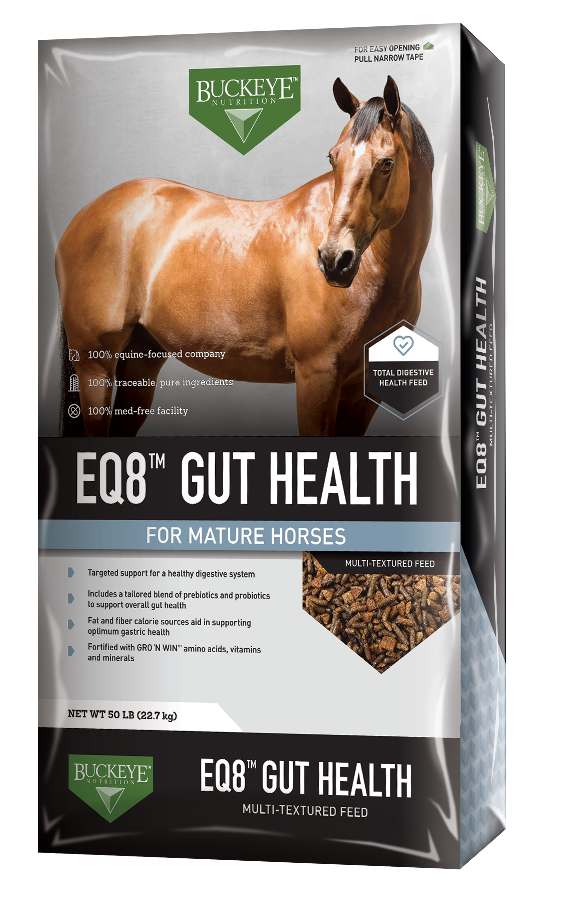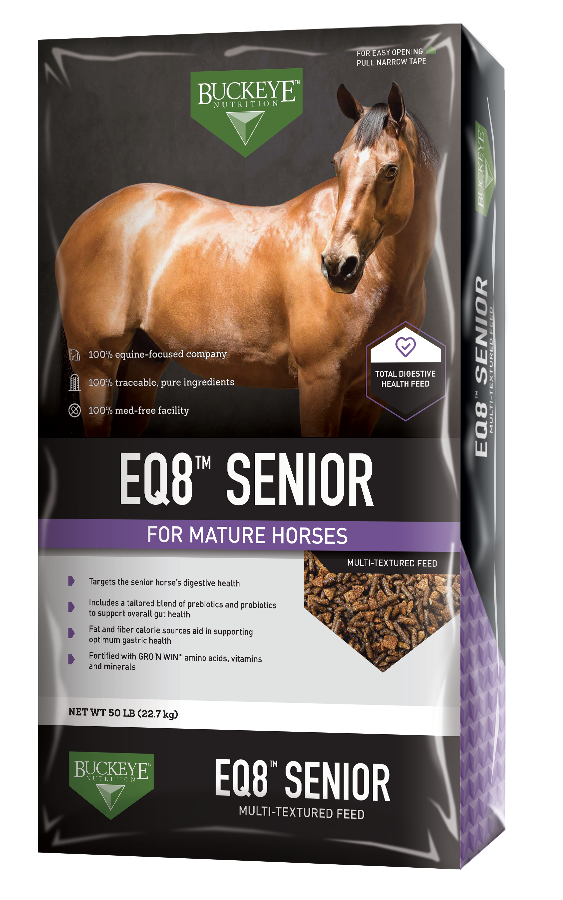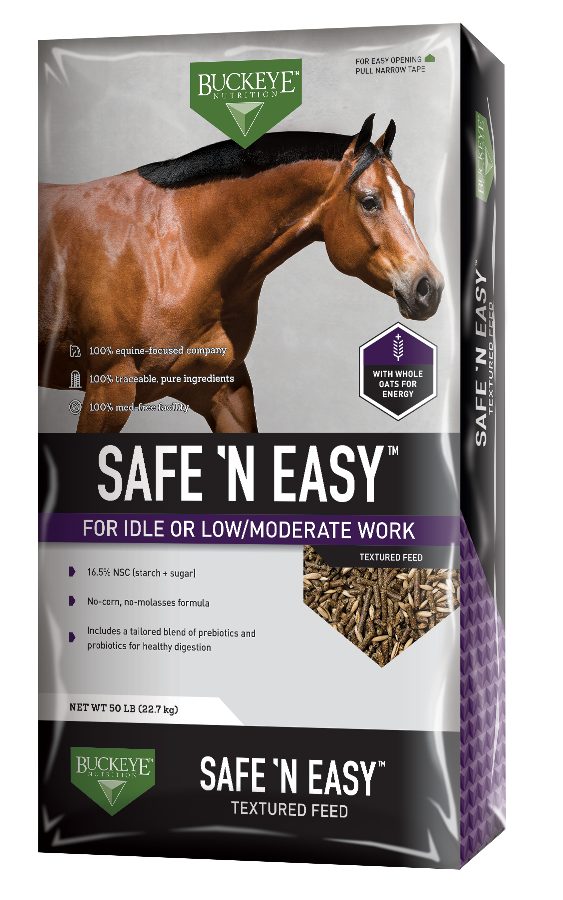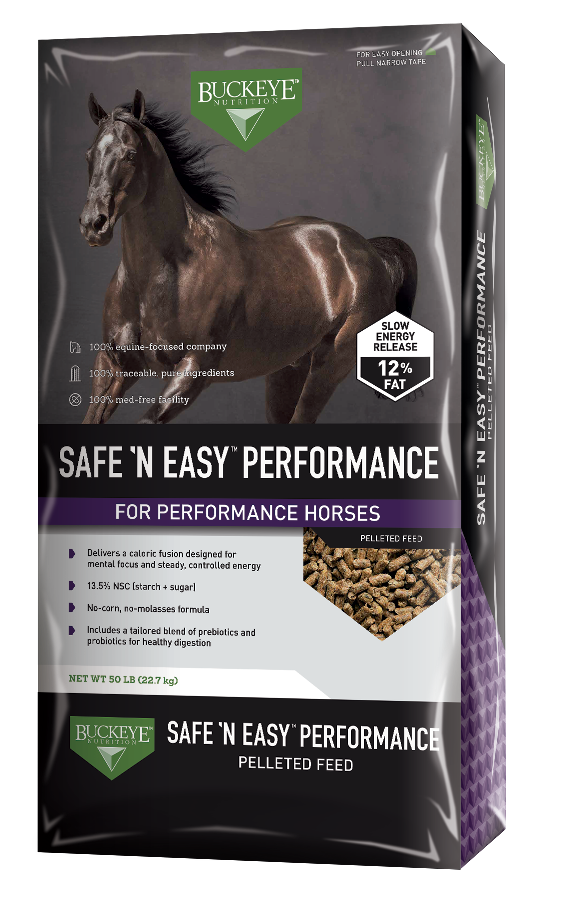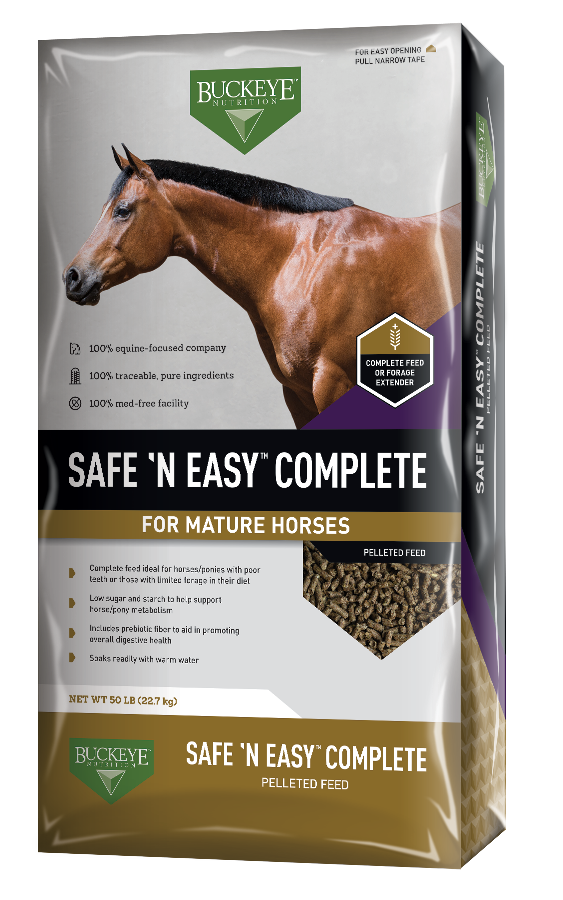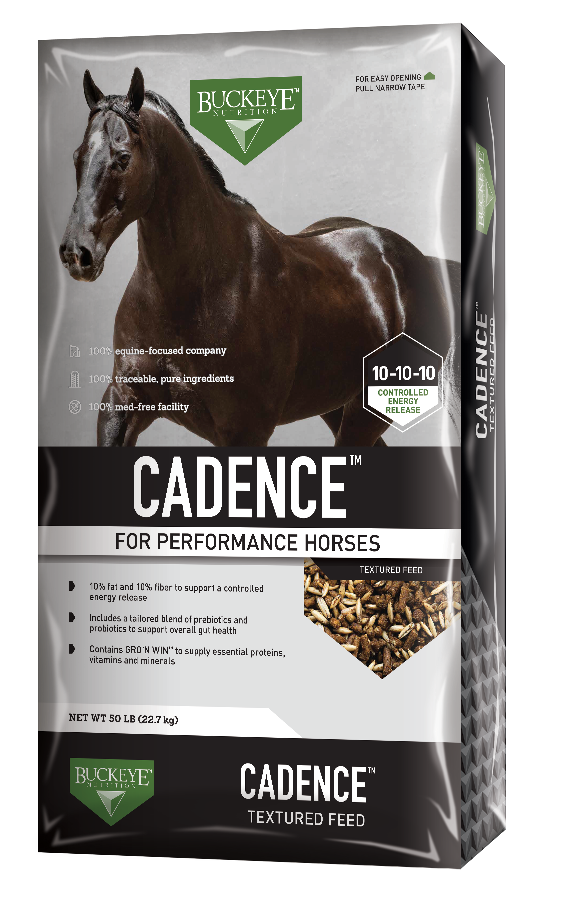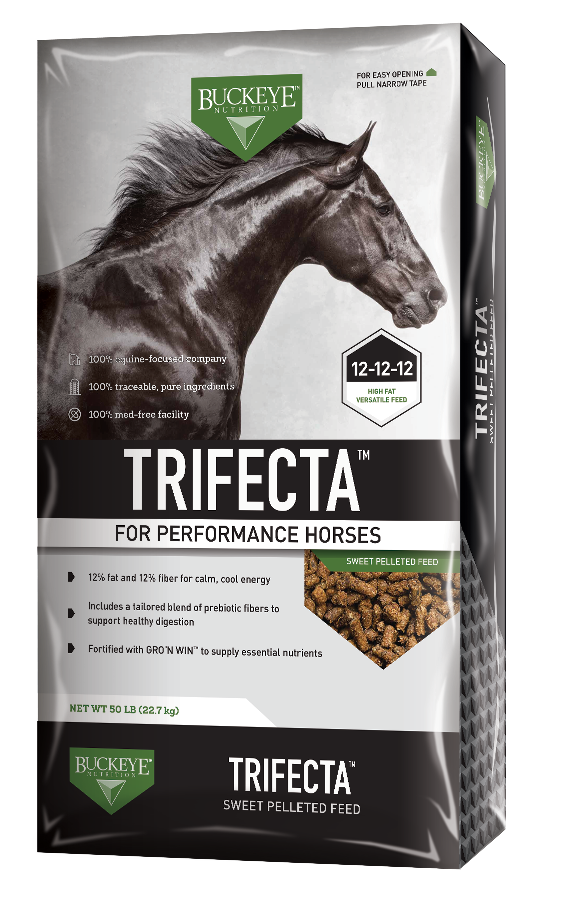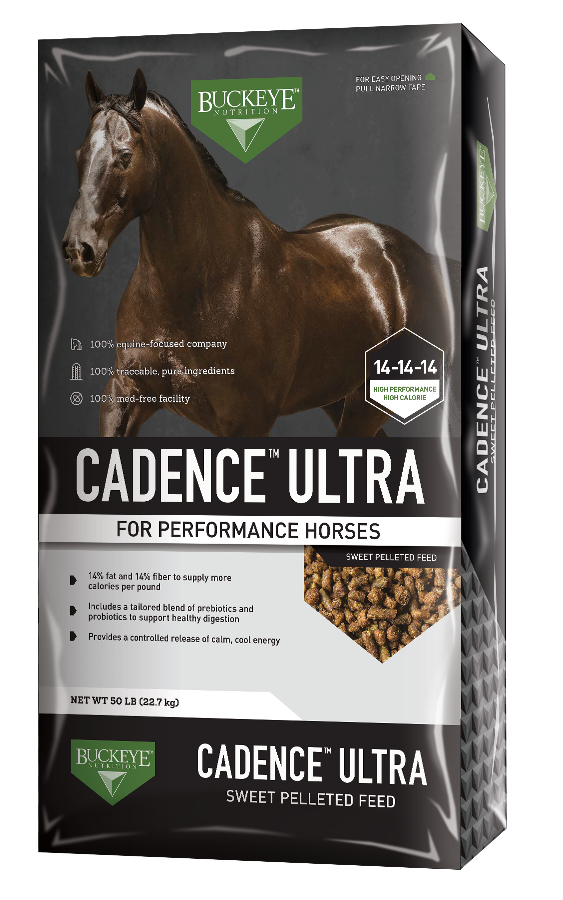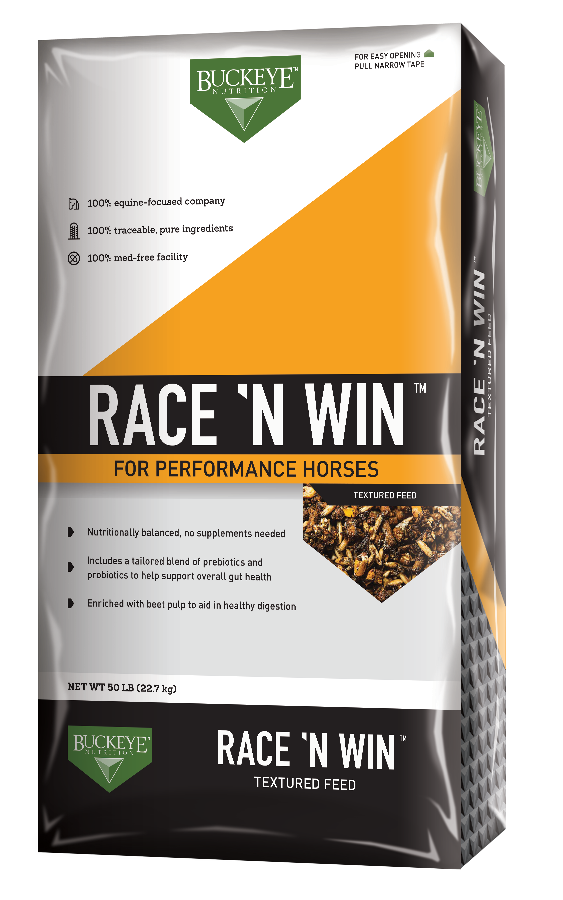Gastric Ulcers
HORSE FEED & SUPPLEMENTS TO REDUCE THE RISKS FOR GASTRIC ULCERS
Reduce the risk of gastric ulcers
For those who have had the misfortune of suffering from heart burn or gastric ulcers, you are familiar with the pain and discomfort caused by excessive stomach acid. Similar to humans, horses are at risk for gastric ulcers. Horses secrete stomach acid constantly, whether or not there is food available. The horse’s stomach still functions the same as it did when horses roamed the plains, ate small, frequent meals and moved around all day long. There was usually always some forage available to help buffer stomach acid. Today, many horses are fed concentrates 2-3 times per day, and may or may not have access to pasture or hay at all times. When the stomach is empty for more than 4-6 hours, the risk of developing ulcers increases.
Under natural conditions, the horse would eat for approximately 16-18 hours per day. During this time, saliva is produced in the mouth to lubricate the food before it is swallowed. Saliva is a natural defense against acidic gastric juices and is only produced when the horse chews, supplying bicarbonate, a buffer to help prevent damage to the lining of the stomach.
The type of feed being consumed affects the amount of saliva produced. Researchers have found that when hay and fresh grass is consumed, the horse will produce 400-480 grams of saliva per 100 grams of dry matter. However, when a cereal-based feed is consumed, saliva production will drop by almost half to approximately 206 grams per 100 grams dry matter, in turn greatly reducing the buffering capacity. For some horses, a forage-only diet isn’t enough to maintain condition, especially performance and working horses. Hence the need for grain concentrate feeds. Keeping grain concentrate meals small and spreading them out over multiple feedings will help strike a balance.
| Risk Factors for Gastric Ulcers | |
| Diet |
High starch meals Access to poor quality forage, like straw Inadequate amount of forage Limited water intake |
| Management |
Little to no turnout Extended time between meals |
| Stress | Weaning, transportation |
| Medications | NSAIDs, for example |
| Exercise/Training | Intense training and/or exercise |
Dietary Management to Reduce the Risks for Developing Gastric Ulcers
What can you do to keep the stomach healthy and help reduce your horse's risks for developing gastric ulcers?
- Increase the amount of forage in the diet to allow for longer chew time, stimulating more production of saliva which can help buffer the stomach. Do not feed straw as the sole forage source.
- Use a small-holed hay net to help extend the amount of time it takes a horse to consume hay.
- Feed small, frequent grain and forage meals to mimic a horse’s natural digestive pattern, keeping portions of grain under 0.5% of the horse’s body weight at each meal.
- Limit starch intake and utilize fat as a calorie source when necessary.
- Always provide clean, fresh water and salt at all times.
- Offer the horse some hay or forage just prior to riding, creating a “mat” in the stomach which helps to reduce acid splashing during exercise.
Recommended Performance Products to Help Keep the Stomach and Digestive System Healthy
| Performance Level | Name | Benefit |
| Light or Moderate | SAFE ‘N EASY™ PELLETED |
Low in starch (<10% starch) High in fiber and 6% fat |
| SAFE ‘N EASY TEXTURED |
Moderate starch (<15% starch) High in fiber and 6% fat |
|
| SAFE ‘N EASY™ PERFORMANCE |
Low in starch (<10% starch) High in fiber and 10% fat |
|
| SAFE ‘N EASY™ SENIOR |
Low in starch (<11% starch) High in fiber and 10% fat |
|
| EQ8™ GUT HEALTH & EQ8™ SENIOR |
Moderate starch (<15% starch) as highly-digestible extruded starch nugget High in fiber and 8% or 10% fat |
|
| Light, Moderate or Intense | CADENCE™ |
Moderate starch (<20%) 10% fat |
| CADENCE™ Ultra |
Moderate starch (<15%) High in fiber and 14% fat |
|
| RACE ‘N WIN™ |
Moderate starch (<20%) 8% fat |
|
| TRIFECTA™ |
Moderate starch (<20%) High in fiber and 12% fat |
Find every BUCKEYE™ Nutrition product to help lower the risk of gastric ulcers below. Contact us with any questions about which horse feed or supplement is right for your horse.

